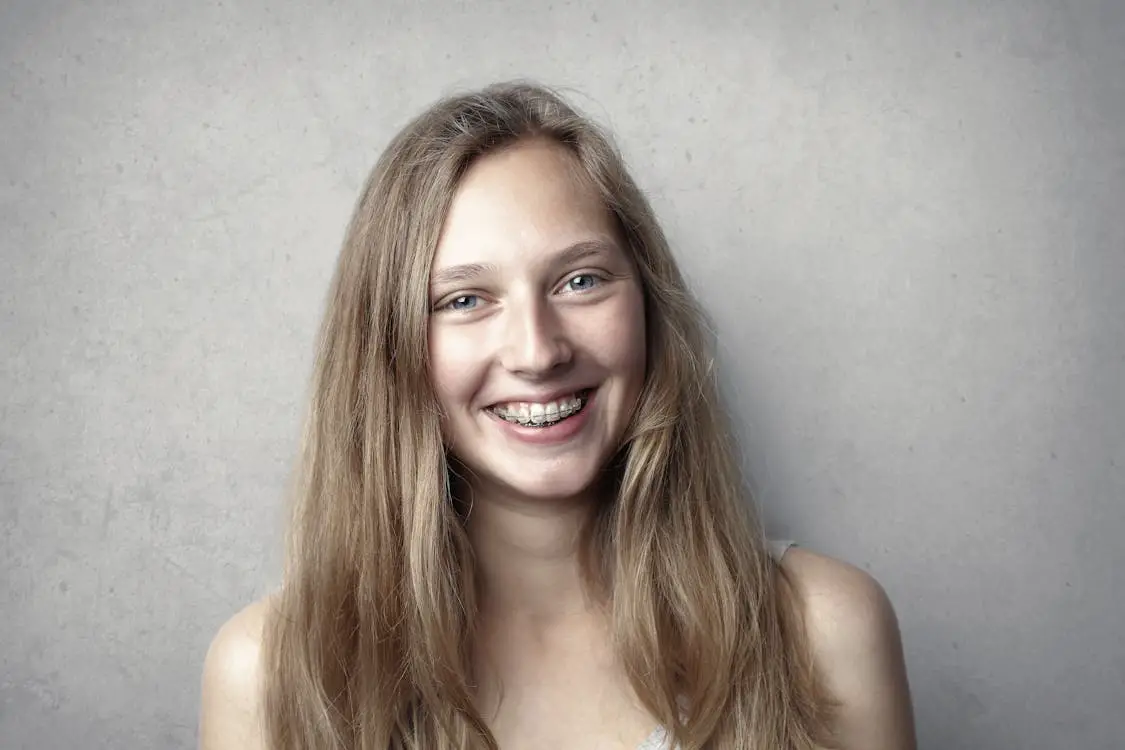What Should an Actor’s Headshot Look Like?
An actor’s headshot is one of the most crucial elements in launching a successful career. It serves as a visual resume that casting directors, agents, and producers use to determine whether you fit a particular role. But what exactly should an actor’s headshot look like? Here’s a breakdown of the essential features of a great headshot, and how you can ensure it stands out in a crowded industry.
1. Clear and High-Quality Image
The most important feature of an actor’s headshot is its clarity. A blurry or pixelated photo will not get you very far. Casting directors and agents receive many submissions, and they often spend only a few seconds reviewing each one. If your headshot is unclear or of low quality, it will likely be discarded immediately.
To achieve the highest quality, make sure your headshot is professionally taken. A skilled photographer knows how to use the right lighting, angles, and camera settings to capture your face in its best light. Avoid using a self-taken or phone-camera photo, as these will not give the same professional impression.
2. Natural Expression
Your headshot should showcase you in a natural, approachable way. Avoid stiff or forced poses and expressions. Casting directors want to see the real you, not a caricature or an over-the-top version of yourself. Whether you’re smiling, serious, or looking intense, the key is to look genuine and relatable.
Natural expressions help convey your personality and acting range. Whether you’re going for a friendly look or a more dramatic vibe, it’s important that your expression feels authentic. The best headshots often capture you in a relaxed, natural moment.
3. Head and Shoulders Framing
A standard actor’s headshot is typically framed from the shoulders or chest up, with the face as the focal point. The camera should be positioned at eye level to avoid distortion, and your head should be slightly turned to add dimension. The focus should always be on your eyes, as they are the window to your emotions and character.
Your headshot should not include full-body shots or overly cropped images that make it hard to see your face clearly. Simple and centered composition ensures that casting directors focus on your features without distractions.
4. Simple, Neutral Background
The background of your headshot should be plain and unobtrusive. Avoid busy or distracting settings that take attention away from your face. A neutral, solid-colored background is ideal—often a light gray, white, or beige works best. This ensures the focus remains solely on you and your expression.
Avoid outdoor shots or cluttered environments unless they add to the character you’re trying to portray. For most actors, simplicity is key when it comes to backgrounds.
5. Appropriate Wardrobe
What you wear in your headshot is just as important as how you look. The clothing should be simple, clean, and professional. Avoid bright colors, patterns, or clothing with logos, as these can draw attention away from your face. Instead, opt for solid-colored, neutral tones that complement your skin tone.
The clothing you wear should reflect your personality but also be versatile enough for various roles. If you’re aiming for dramatic or intense roles, a darker wardrobe might work, while lighter tones could suggest a more comedic or approachable energy. Ultimately, your wardrobe should enhance—not overpower—your appearance.
6. Subtle Retouching
While it’s important for your headshot to look polished, excessive retouching can be a turnoff for casting directors. They want to see you as you truly look, and over-editing can lead to disappointment when you show up in person. Retouching should be minimal and limited to fixing temporary blemishes or enhancing lighting, not altering your facial features.
Remember, authenticity is key. Casting directors will want to know what you look like in real life, so avoid using heavy filters or edits that change your natural appearance.
7. Expression of Range
Your headshot should communicate the types of roles you’re suited for, but it doesn’t need to show every range of expression. A well-done headshot often conveys the emotion or energy that you want to be known for. Whether that’s playful, intense, or serious, your expression should hint at your range without overdoing it.
For example, if you’re looking to land roles in romantic comedies, you might go for a warm, approachable smile. For dramatic roles, a more serious or intense expression could work better. Make sure your headshot feels like it reflects the roles you’re targeting in your acting career.
8. Current Look
Your headshot should accurately reflect what you look like now, not how you looked several years ago. If your hair has changed or you’ve developed a new look, it’s time to update your photo. Casting directors will be looking for an accurate portrayal of who you are, so make sure your headshot aligns with your current appearance.
This doesn’t mean you need to change your look completely—just ensure that the headshot reflects your current hairstyle, makeup, and overall style.
9. No Distracting Props or Accessories
Keep accessories to a minimum. Too many props or accessories can distract from the main focus—your face. Glasses, hats, and jewelry should be kept simple or eliminated entirely unless they are part of your unique look or brand as an actor. The goal is for the headshot to be timeless and to showcase your natural features.
Conclusion
Your headshot is more than just a photo; it’s a representation of who you are as an actor. It should be clear, professional, and authentic, allowing casting directors to see the true essence of your personality and the roles you can play. A great headshot is not only about looking good—it’s about creating an image that tells a story, reflects your acting range, and connects with those looking for talent. By following these guidelines, you’ll ensure that your headshot stands out and gives you the best possible chance of landing that next big role.




